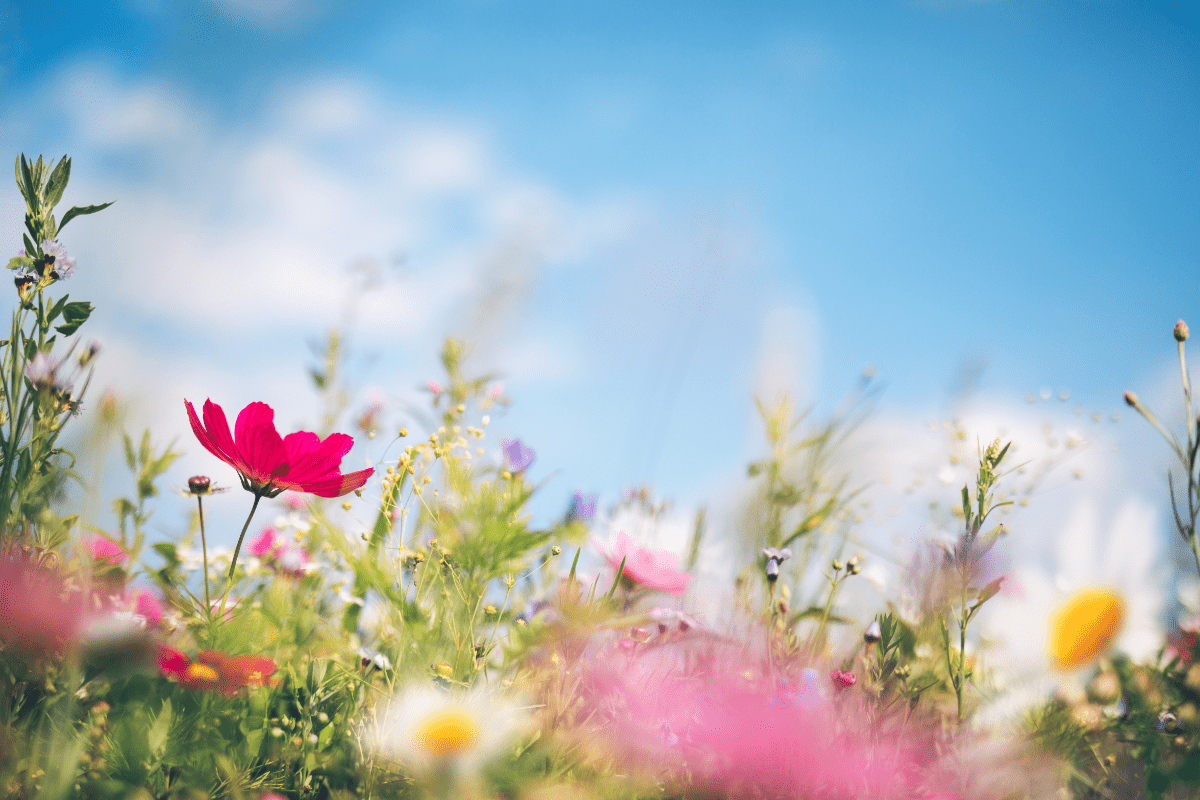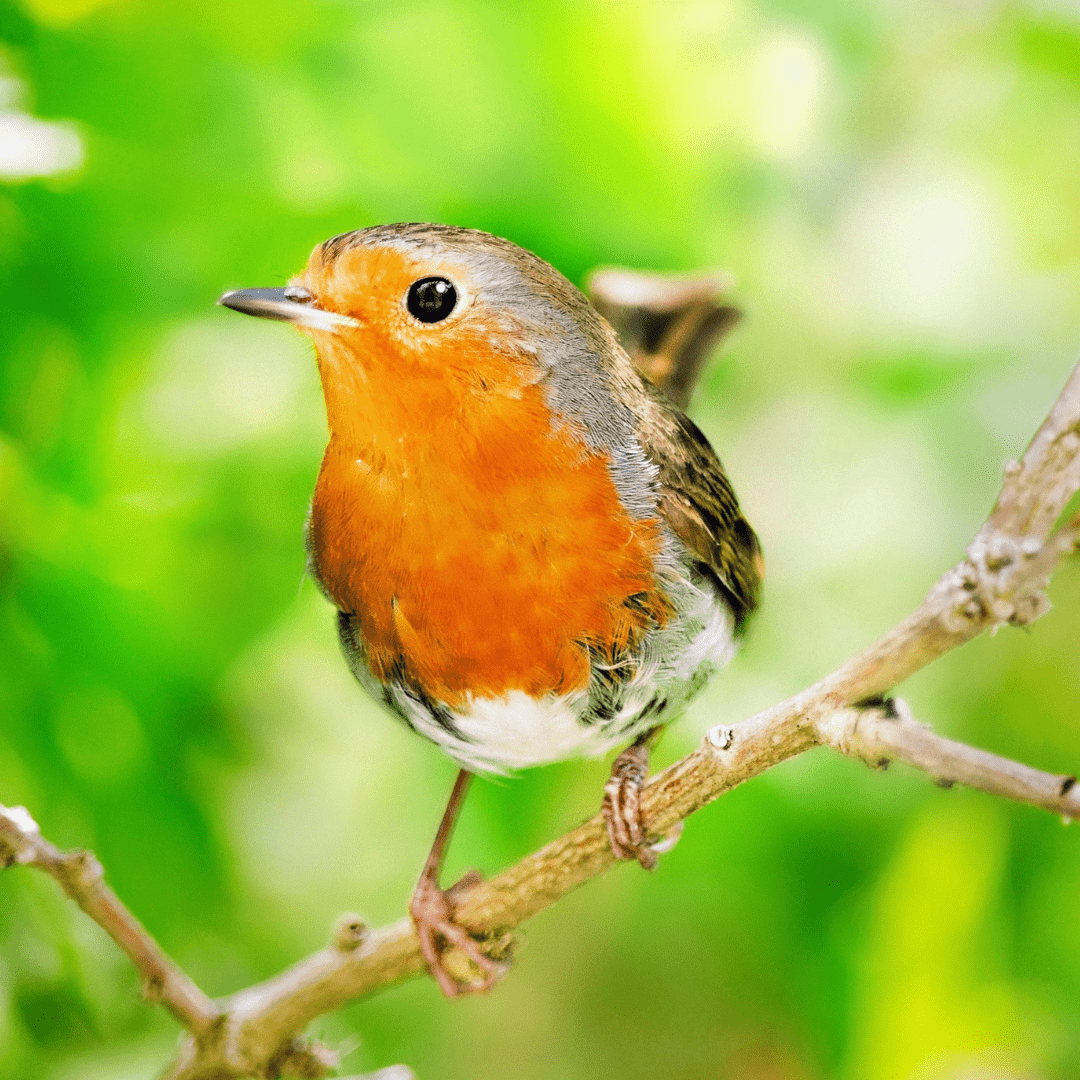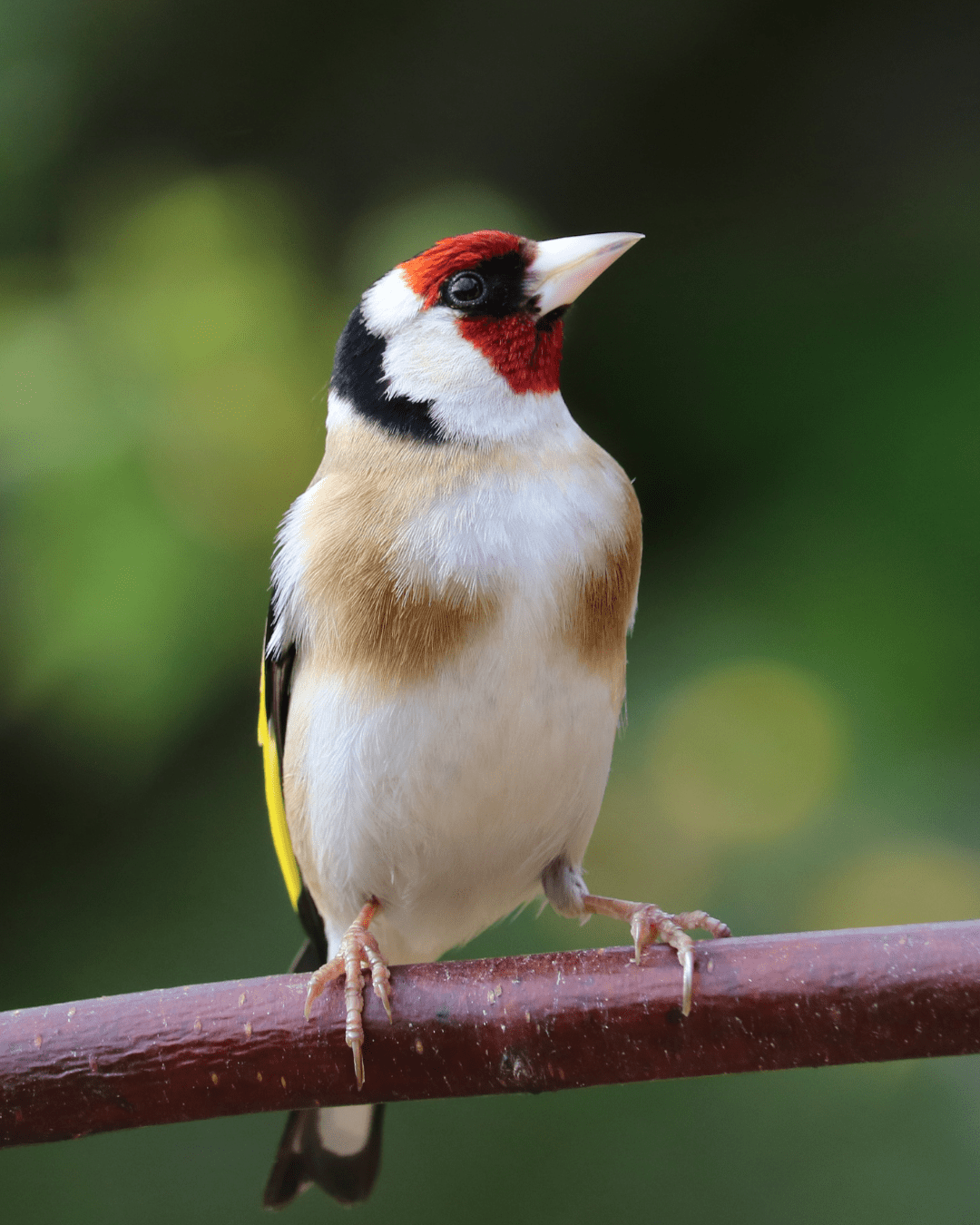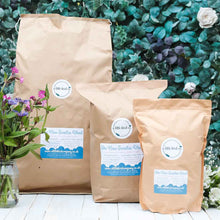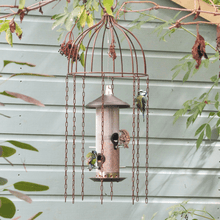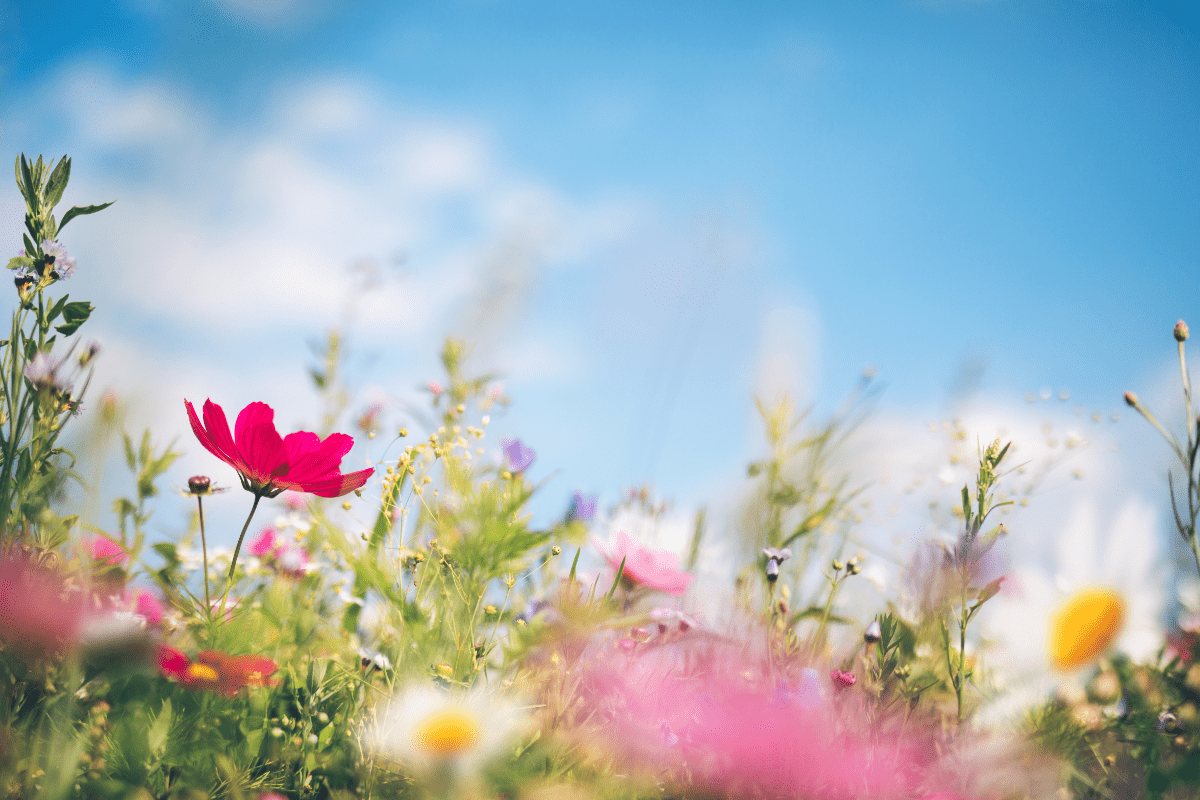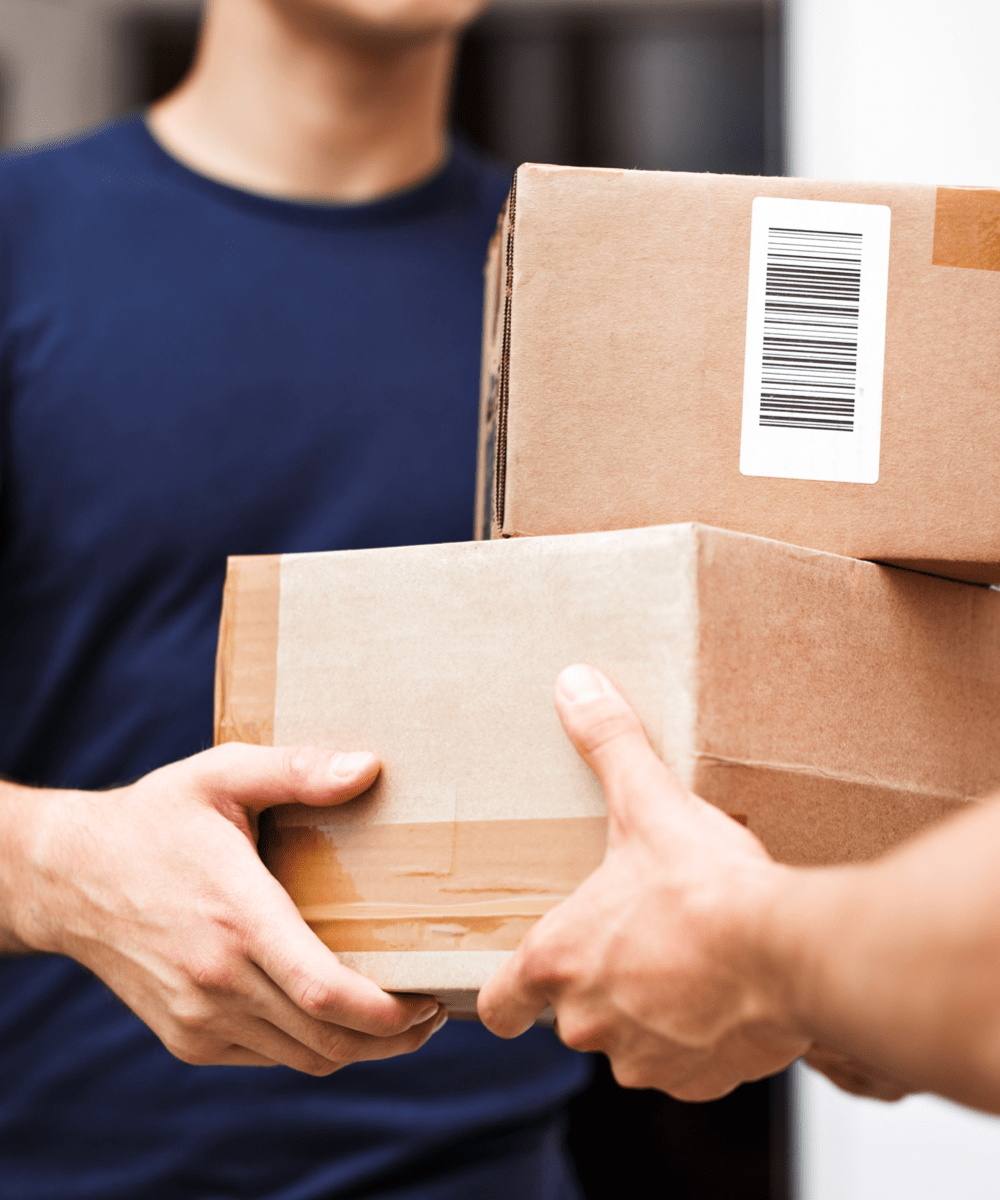How to make feeding the birds a part of your daily routine

Over half of British families feed the birds in their garden at least once a week, and the food we offer our birds makes an observable difference to wild bird populations. An increasingly diverse range of birds visit our feeders and there has been a marked change in the varieties coming into our gardens since the BTO started keeping records in the 1970s. The species that eat the food we provide have increased in numbers, whereas populations of birds who are less likely to use a feeder have remained the same. Feeding our garden birds increases our sense of wellbeing and gives us the opportunity to support wildlife in a simple and worthwhile way. Life in cities and towns reduces our opportunity to enjoy the benefits of interacting with nature, but feeding the birds brings wildlife right to our doorsteps.
Feeding the birds is such an easy and effective way to benefit local wildlife, but when you’re just getting started it can feel like another job to add to a list of many, particularly when you are working full time or caring for others. Although you might start with the best of intentions, it is easy to forget to fill your feeders for a few days (leading to the birds abandoning your garden as a reliable source of food) or forget to empty out and clean your feeders (which can have dire consequences leading to diseases and parasites). It can also take a little while for the birds to start flocking to your garden, and if you don’t work from home you won’t get to enjoy watching the birds feeding – not getting to see the benefits of the efforts we are going to can make us less likely to feel inclined to put out food.
So how can we make sure that feeding the birds is a quick and easy job and something we can tick off our lists? Read on for some ideas!
Use a feeder that's easy to clean and fill
This is my number one, top tip for people new to putting out bird food. Tube feeders are great – they attract plenty of different birds and they keep the food in one place, but they are more time consuming to fill and harder to clean out. The smaller the openings and parts, the more complicated the job, and standing outside on a freezing cold morning trying to funnel bird food into a tube is no fun! Any food left in the plates around a tube feeder will quickly rot in the rain, and even the quick release designs are fairly complicated to dismantle, clean and dry thoroughly enough to keep them hygienic. A simple feeder is much easier for a beginner to use – just throw away any uneaten food and add a handful of fresh food, and clean thoroughly with a mild detergent once a week. I have two ceramic feeders, a mesh feeding dish and a bird table and feeding the birds takes a few seconds in my garden. A lot of ceramic feeders need taking down in frosts, but that offers a good opportunity to give them a quick clean. Ensure you sweep below any feeders to discourage vermin, or place a large bin below the feeder to collect any dropped food.
Use a good quality bird food blend
If you buy a cheap food blend, husks and unwanted food will be kicked onto the floor beneath the feeder, meaning more cleaning up. When you use a better quality husk free or no mess mix of bird food you reduce the amount of clearing away you need to do.
Spend some time watching the birds every day if possible
The more you watch the birds, the more inspired you’ll feel to feed and encourage them – see if you can learn the names of some of your regular visitors, maybe even keeping a record of what you’ve seen to add to the BTO’s Garden BirdWatch data. Create a reciprocal relationship and enjoy that glow of good feeling you get from the knowledge you are doing your bit for local wildlife. If you work away from home, watching the birds might be harder to do in the dark winter months, but can be a lovely way to spend breakfast or dinner in the warmer months.
That feeling of well-being you get from knowing you’ve made a difference to the birds in your garden makes it well worth venturing out in all weathers to do your bit! My gift bag includes a beautiful ceramic seed feeder and a bag of bird food, making it the perfect starter set for someone new to caring for the birds in their garden. Take a look! Do you have any tips for someone new to feeding their birds? How do you remember to put out food every day? Please share your ideas via Instagram @alittlebirdcompanyuk.
Ready to deepen your connection with the birds in your garden? Discover more about your feathered friends and how to attract them to your space with Amidst the Birdsong: A Garden Birdwatcher's Journal. This beautifully crafted journal is the perfect companion for anyone looking to observe and learn about the birds visiting their garden. Start your birdwatching journey today – click here to learn more.


